Today, I’m sharing the process of making a 12V portable power supply using 18650 ternary lithium batteries, each with a capacity of 2500mAh.
Pre-Assembly: Capacity Sorting and Grouping
Before assembling the batteries, I performed capacity sorting and grouping. This step is essential to ensure each battery has consistent voltage, internal resistance, and capacity. Ideally, you should also check the discharge curve, but for most DIY enthusiasts, simple voltage detection works fine.
If any battery shows an abnormal voltage, it should be replaced immediately. To save time, I recommend asking the seller to perform capacity sorting and grouping before purchase.
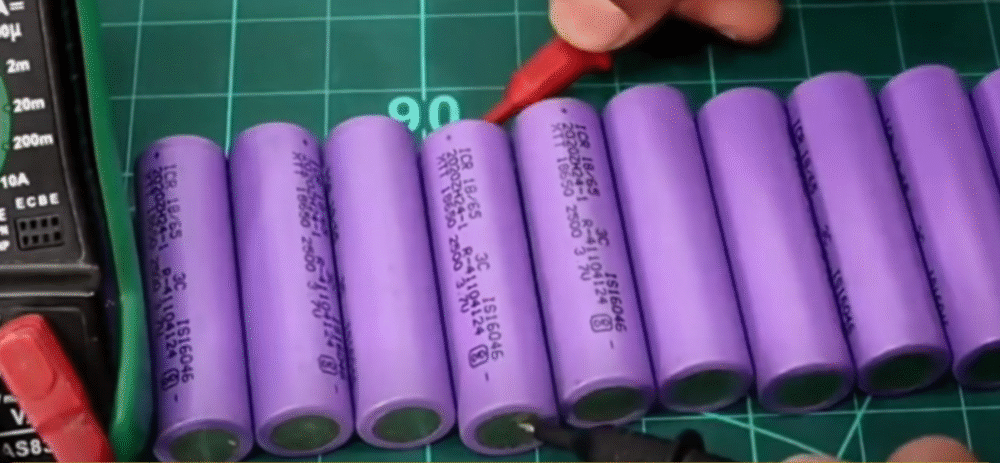
Battery Assembly
I used 18650 single-cell holders to keep the cells fixed. Holders make installation easier and provide better heat dissipation, shock resistance, and insulation compared to not using them.
For my 12V battery, I chose a 3S4P configuration, which requires connecting two 3×4 holders. Note that 12V ternary lithium batteries use a 3S configuration, while 12V lithium iron phosphate batteries use a 4S configuration. With 4 cells in parallel, the pack achieves 10Ah capacity.
After placing all the cells in holders, I arranged them so that the four parallel cells shared the same polarity and the three series cells alternated polarity.
Using a spot welder, I connected the batteries with nickel strips. First, I welded the parallel cells, leaving extra strip length for connecting to the protection board later. Then, I connected the series cells, welding both sides to prevent short circuits. At this point, the battery pack welding was complete.
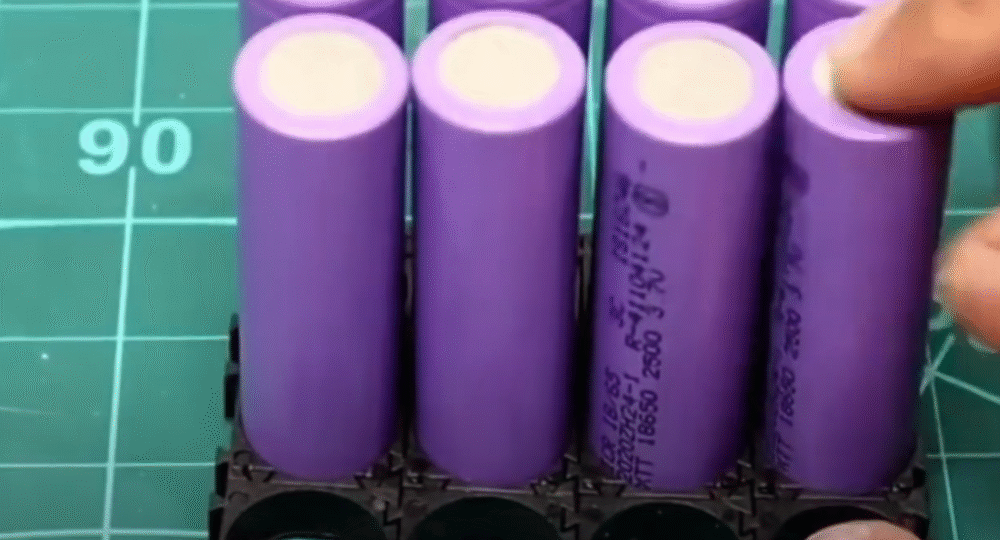
Installing the Protection Board
Next, I installed a 3S protection board designed for ternary lithium batteries. If you’re using lithium iron phosphate cells, you’ll need the corresponding protection board. My board has a maximum output of 20A.
When choosing a protection board, make sure the current rating matches the battery’s discharge rate. For example:
- My pack is 10Ah, and a 20A board means a 2C discharge rate.
- If the cells only support 1C, the maximum safe output is 10A, making a 20A board unsuitable.
- If the cells can handle 3C, a 10Ah pack could output 30A, which equals 360W at 12V. A 20A board would be insufficient for a 300W load.
Protection boards can have shared or separate ports, with active or passive balancing. During installation, I placed the total positive and negative terminals close to the board, fixed it with double-sided tape, and used an epoxy board underneath for insulation.
I then connected the collection cables according to the seller’s wiring diagram. I used a shared port board, which is simpler for DIY projects since it combines the charge and discharge interfaces.
The protection board monitors voltage of each series and cuts off the circuit if the voltage is too high or too low, preventing overcharging or over-discharging. Some boards also include temperature control.
After welding, I measured the board’s output at around 12V, confirming everything was correct. I used high-temperature-resistant silicone wires for all connections to prevent insulation damage and short circuits.
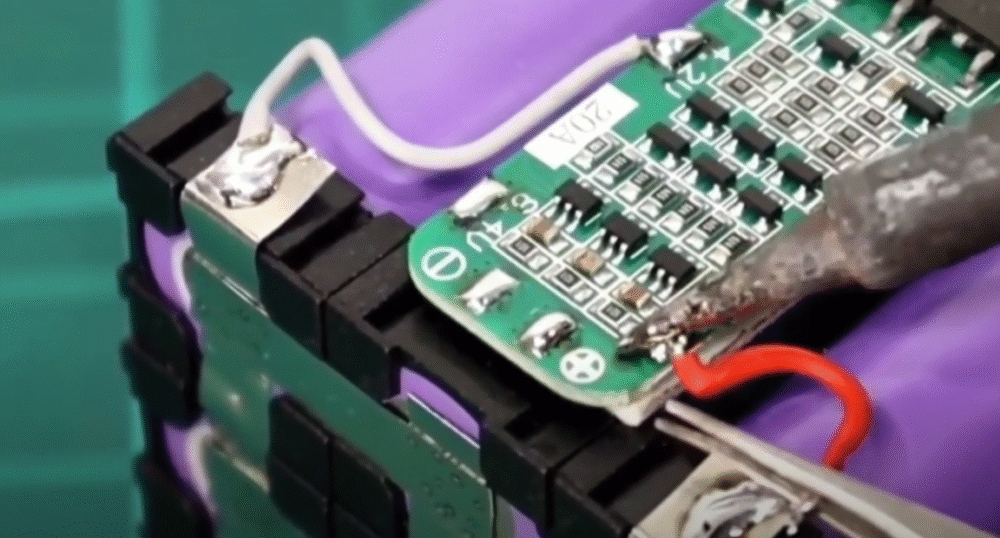
Final Steps
Finally, I covered the battery pack with heat shrink tubing. For extra insulation and strength, I wrapped an epoxy board around the pack before shrinking the tubing with a heat gun or hairdryer. I sealed gaps with 704 silicone to improve waterproofing.
I added appropriate plugs for easy connection to loads or chargers. Testing the pack with a 12V fan confirmed it worked perfectly. This 12V battery is great for outdoor use, whether connecting to an inverter or other 12V devices.
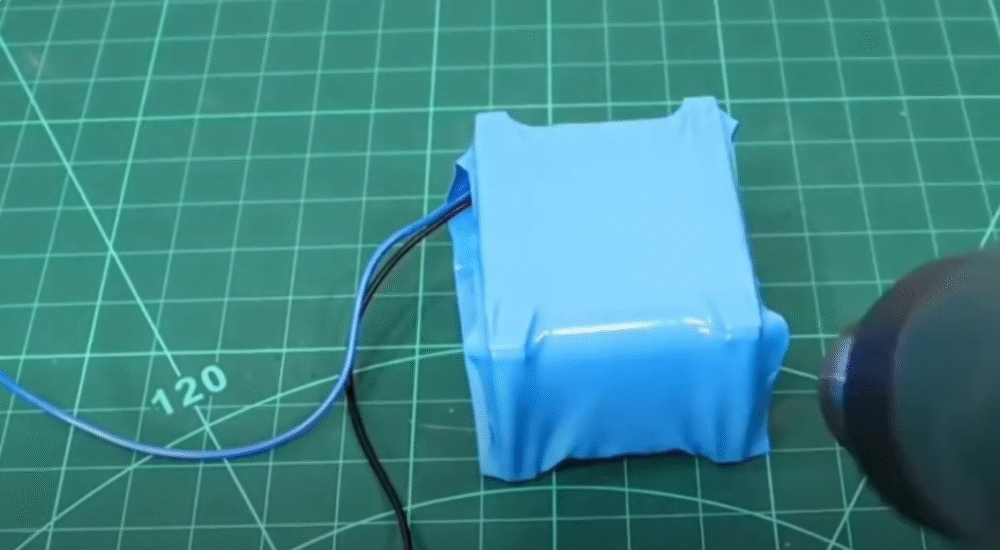
Safety Reminder
Assembling lithium batteries can be dangerous. If you plan to DIY a battery pack, make sure you understand battery safety and proper handling to avoid accidents during assembly or use.
This guide covers everything from capacity sorting to final testing, making it easy for any DIY enthusiast to build a reliable 12V portable power supply.

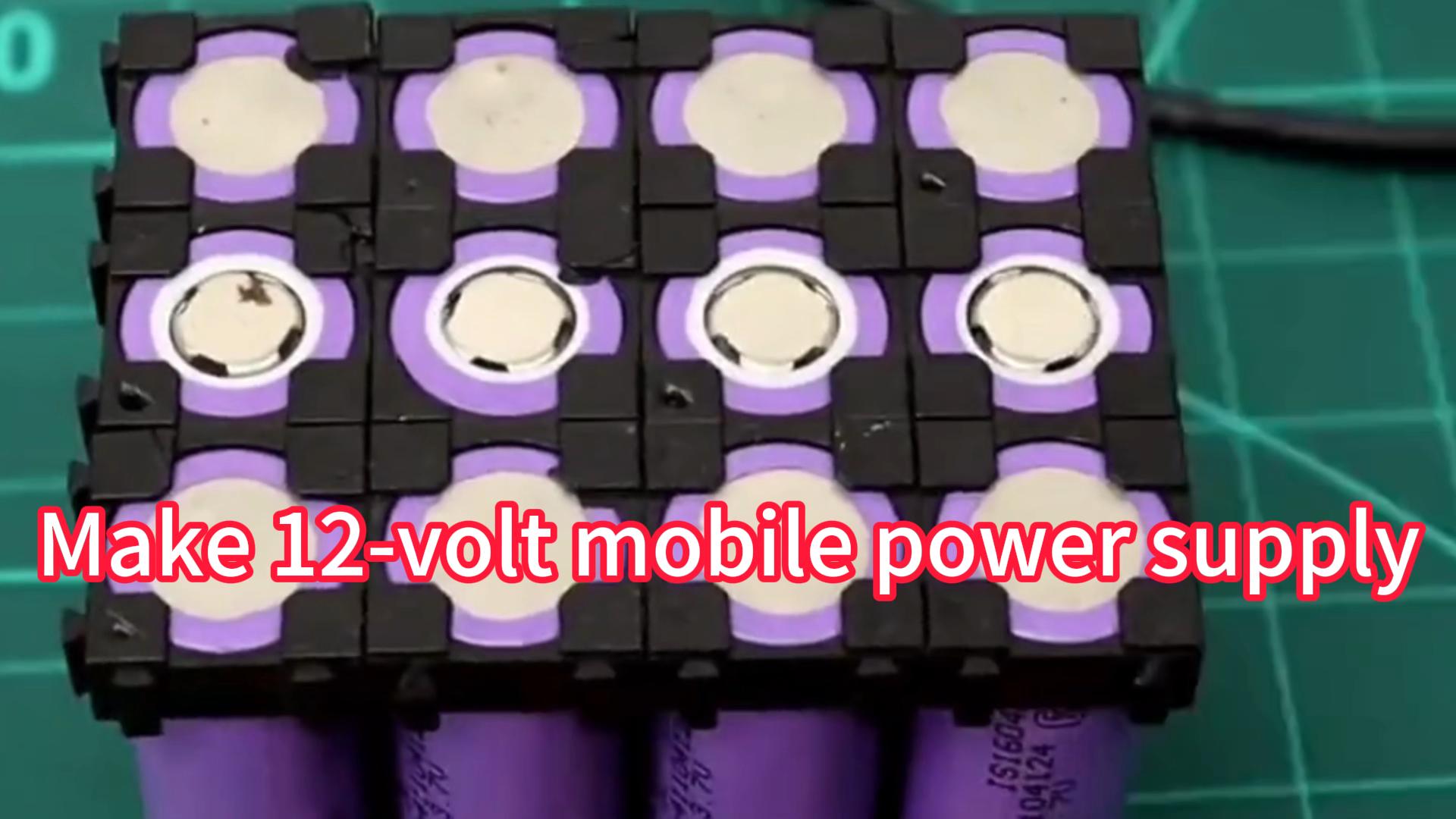
Leave a Reply